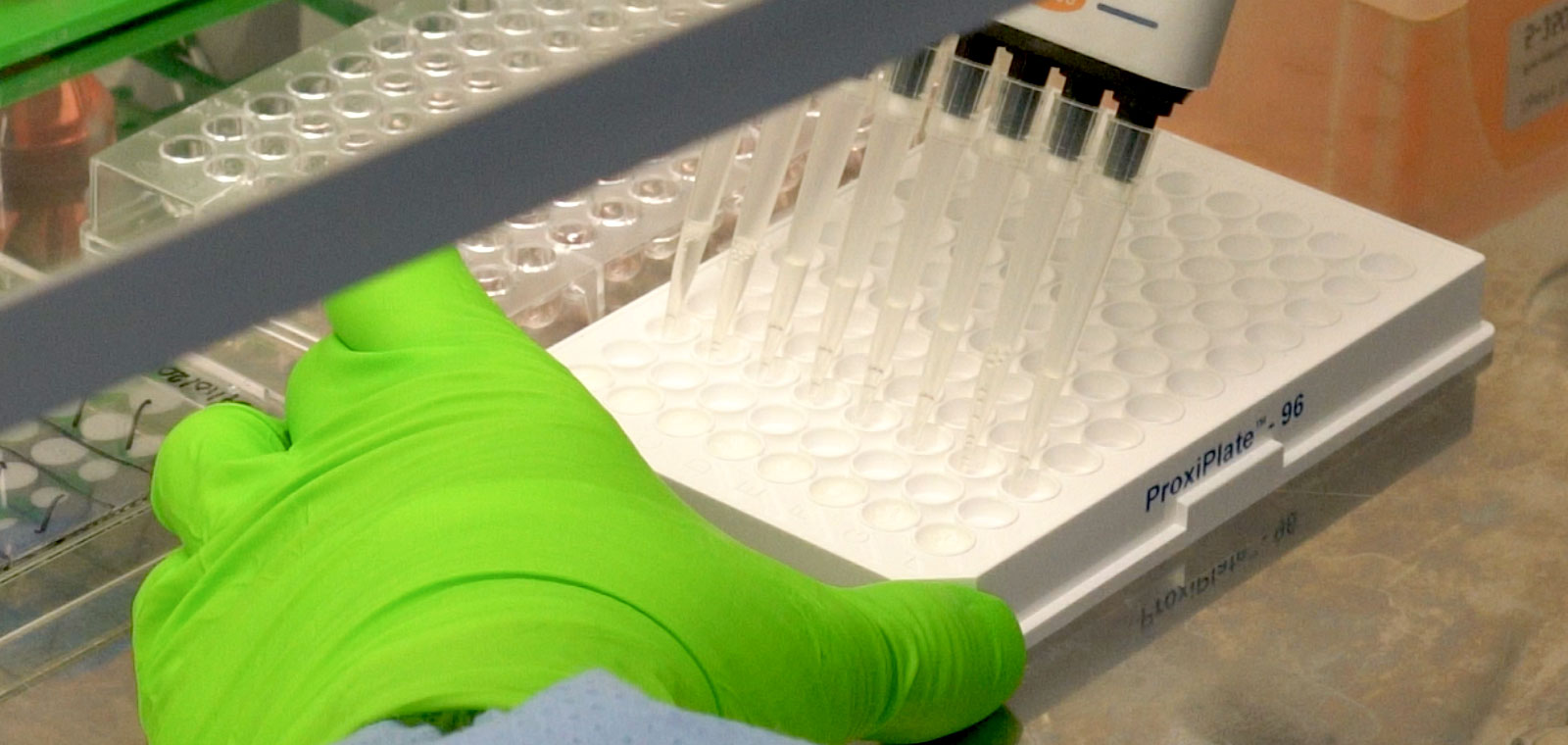
Within the Biomedical Primate Research Centre (BPRC) there is a profound interest in the development of animal-free innovations. We developed a large variety of bioassays, which also turned out useful for research into multiple sclerosis involving experimental animals.
The development of animal-free innovations is taking place within all research departments at BPRC, but also specifically within the Unit Alternatives. As part of their research program they have developed a library of bioassays. These assays consist of eternally dividing cell lines that make it possible to profile innate immune responses in great detail without the use of experimental animals.
The known animal model for MS
Experimental autoimmune encephalitis (EAE) is a well-known animal model to study human diseases such as multiple sclerosis (MS). In order to induce this type of disease in animals, they are often injected with an auto-antigen in combination with a strong adjuvant like e.g. Complete Freund’s Adjuvant (CFA). This provokes an immune response directed towards the auto-antigen, which on turn can trigger a disease with resemblance to MS in humans.
Bioassays
In the present study researchers in France, in close collaboration with BPRC researchers, have studied the use of these auto-antigens. Our colleagues had discovered that the use of different batches of auto-antigen resulted in the development of a different type of EAE. After they had excluded other possible explanations for their observations, we worked together to analyze the different preparations with our bioassays.
These bioassays are completely animal-free and have been employed before, amongst others to help the in-house development of adjuvants that lack adverse effects. We detected trace amounts of bacterial contamination in the different auto-antigen preparations, that were undetectable using routine quality check systems. These contaminations, despite their low concentration, can act as an extra adjuvant and thereby have an impact on the development of disease.
Our bioassays are so sensitive that they do allow for the detection of such contaminants and could be included as an extra quality control step. This could help to improve the quality and reproducibility of animal experiments, and thereby possibly also to reduce experimental animal numbers.
Interested? The entire study can be found here.

